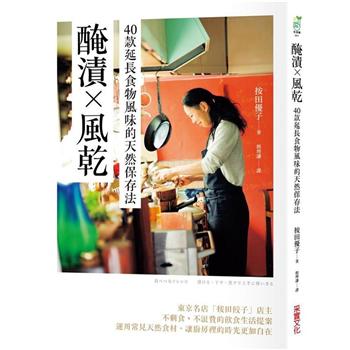The depiction of historical humanitarian disasters in art exhibitions, news reports, monuments, and heritage landscapes has framed the harrowing images we associate with dispossession. People around the world are driven out of their homes and countries on a wave of conflict, poverty, and famine, the main sites for engaging with their loss being visual news and social media.
In a reappraisal of the viewer’s role in representations of displacement, Niamh Ann Kelly examines a wide range of commemorative visual culture from the mid-19th century Great Irish Famine. Her analysis of memorial images, objects, and locations from that period until the early 21st century shows how artefacts of historical trauma can affect understandings of enforced migrations as an ongoing form of political violence.
Perfect for students and researchers of museum and heritage studies, material culture, Irish history and contemporary visual cultures exploring dispossession.
| FindBook |
有 1 項符合
Imaging the Great Irish Famine: Representing Dispossession in Visual Culture的圖書 |
 |
Imaging the Great Irish Famine: Representing Dispossession in Visual Culture 作者:Kelly 出版社:Tauris Academic Studies 出版日期:2018-07-30 語言:英文 規格:精裝 / 14.6 x 22.2 x 3.2 cm / 普通級 |
| 圖書館借閱 |
| 國家圖書館 | 全國圖書書目資訊網 | 國立公共資訊圖書館 | 電子書服務平台 | MetaCat 跨館整合查詢 |
| 臺北市立圖書館 | 新北市立圖書館 | 基隆市公共圖書館 | 桃園市立圖書館 | 新竹縣公共圖書館 |
| 苗栗縣立圖書館 | 臺中市立圖書館 | 彰化縣公共圖書館 | 南投縣文化局 | 雲林縣公共圖書館 |
| 嘉義縣圖書館 | 臺南市立圖書館 | 高雄市立圖書館 | 屏東縣公共圖書館 | 宜蘭縣公共圖書館 |
| 花蓮縣文化局 | 臺東縣文化處 |
|
|
圖書介紹 - 資料來源:博客來 評分:
圖書名稱:Imaging the Great Irish Famine: Representing Dispossession in Visual Culture
內容簡介
|








